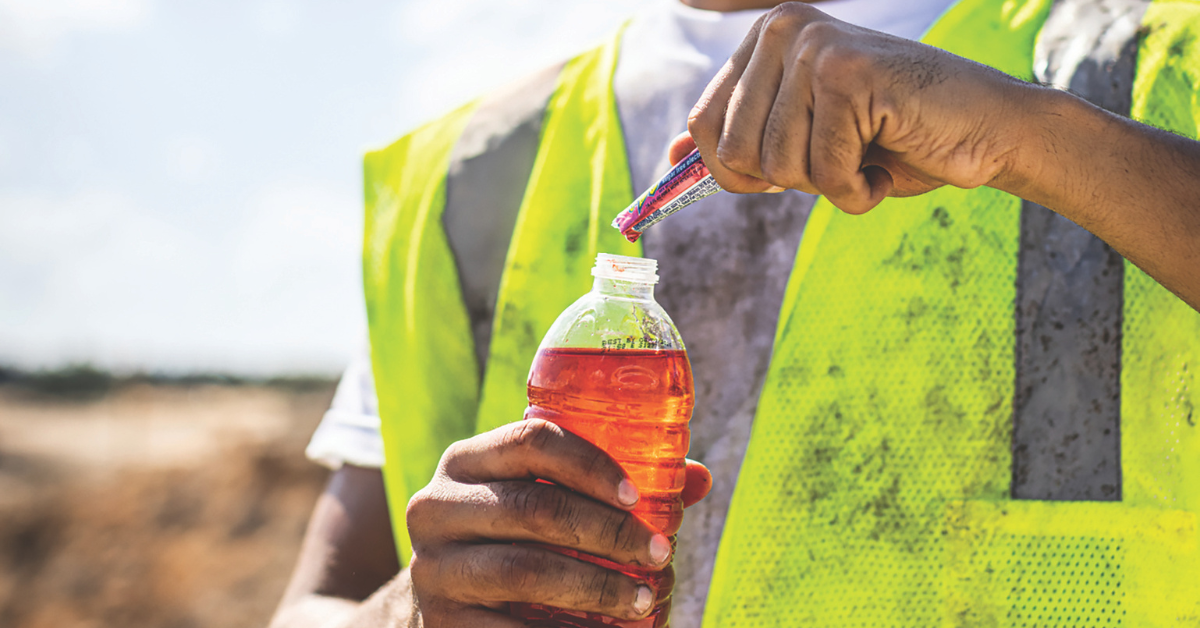Pryme helps keeps workers safe and productive in heat
Australian workers are often exposed to extreme heat and humidity, in warehouses, mines and on construction sites. Safe Work Australia says working...
Over the past four years in New South Wales alone, more than 15,500 workers have been injured by falling objects at worksites, resulting in 17 deaths and over 200 permanent disabilities. These statistics show the critical need for enhanced safety measures to manage the risk of using tools at heights.
To mitigate this, many businesses create a drop free zone – a designated area that mandates that all tools, devices, equipment and materials be securely tethered and kept in their proper places. Creating these zones not only ensures that your workers are protected from injury, but also prevents your valuable assets from being damaged when dropped.
When creating a drop free zone, it's a good idea to consider the 'Three T's' of tool safety, trapping, tethering and topping.
Trapping involved refitting tools with secure connection points when they lack their own built in attachments.
Tethering ensuring all tools are securely connected to anchor points with shock-absorbing lanyards, reducing the risks of drops without putting drag on the worker or getting in the way of them using the tool.
Topping requires secure closure or 'tops' on containers like tool pouches and hoist buckets to prevent their contents from spilling.
At Blackwoods, we rely on Pryme for our drop free zone solutions. Their Ergodyne Squids line of drop free safety gear is made from heavy=duty webbing straps, carabiners and buckles, which all undergo rigorous testing and are a third-party certified ensuring they meet the e ANSI/ISEA 121 Dropped Objects Prevention Standard.
Caitlin De Biasio, Business Development Manager at Pryme notes, “It’s not just about compliance. It’s about creating a culture of proactive safety management that significantly reduces the likelihood of accidents and injuries to your workers.”
From glove clips and hammer holsters to lanyards, tethers and retrofit tether point accessories - Pryme’s solutions ensure that tools, devices and equipment remain attached to workers always, guaranteeing no one underneath is put in harm’s way.

Australian workers are often exposed to extreme heat and humidity, in warehouses, mines and on construction sites. Safe Work Australia says working...